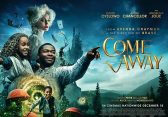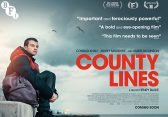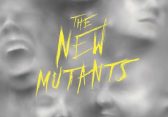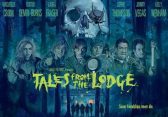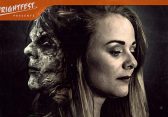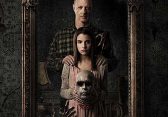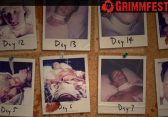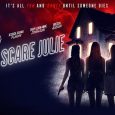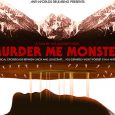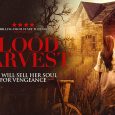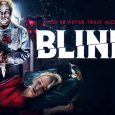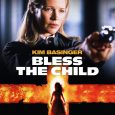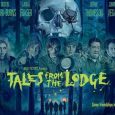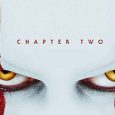First published in 1984, Pet Sematary almost never was. The story came to King after he rented a house by the university he was teaching at, and close to the house was a road where a large number of family pets had lost their lives due to the ongoing traffic. The said road also claimed the life of Kings’ daughters cat, Smucky, and it was buried in a pet cemetery close to their home. According to the book “Haunted Heart: The Life and Times of Stephen King”, there was also an occasion where his son, Owen, had a near miss whilst playing close to the road. He wrote of these experiences and fictionalized them, but, on advice from his wife Tabitha and friend Peter Straub, he put it to one side, as he felt the subject matter may be a little too risky. However, when his contract with his publisher insisted that he submit one more novel, he dug it out and used it as the final piece to that particular deal. It was adapted into a motion picture in 1989.
After moving to an idyllic home in the countryside, life seems perfect for the Creed family… but not for long. Louis and Rachel Creed and their two young children settle in to a house that sites next door to pet cemetery – built on an ancient burial ground. Their mysterious new neighbour, Jud Crandall, hides the cemetery’s dark secret… until a family tragedy brings the secret to life. Now, an unthinkable evil is about to be resurrected.

Director Mary Lambert wastes no time in setting up the story: the opening credits are played over various shots of the cemetery, shot in an ominous dark blue. It is even more effective when compared to the next shots of the Creed’s moving into their new abode: it’s a warm, bright day and everyone’s smiling. And then… the rope swing that one of their children are playing on breaks. It may seem insignificant, but it’s the start of a threatening undertone that streaks through the majority of the movie. It’s never really expanded or fully developed though, and that’s the issue with the main theme of the film also. Basically, as Jud (Fred Gwynne of The Munsters fame) explains, when something (or someone) is buried in the pet cemetery, which is spelled incorrectly in the title due to it being made my children, a fact that’s chilling in itself, they return to life. But they aren’t the thing that you buried: they may look the same, but they come back without a soul.
It’s an interesting premise, but as I said, it’s not entirely given the justice it deserves. It’s touched upon, but King (who also wrote the screenplay) appears to have opted for a more conventional slasher flick than actually delve deeper into what actually is happening to the characters who return from the dead. For fans of the book, it’s disappointing, but it’s easy to see why he stayed safe: the novel deals with far, far more issues than the film gives it credit for. For example, the death of his young son Gage (played brilliantly by Miko Hughes, who went on to do absolutely nothing of interest) sends Louis, played by Dale Midkiff, almost insane and in the book his descent into madness is chronicled in depth. Of course, that couldn’t have been done here, but the lack of emotion (except for the actual death scene; it’s actually one of the most moving and heartbreaking scenes I’ve ever seen. Brilliantly shot.) is disappointing; it jumps from the death, to the son getting re-incarnated far too quickly and it’s from there that it really becomes ridiculous, with the climax wholly unbelievable, even given the circumstances.
Looking at it for what it is though, an overall conventional slasher horror, it’s an enjoyable watch. It has its defining moments, but it’s not as great as it could have been, given the material it had to work with.

